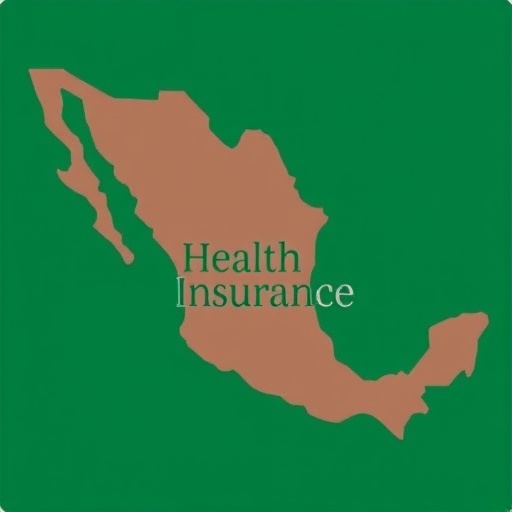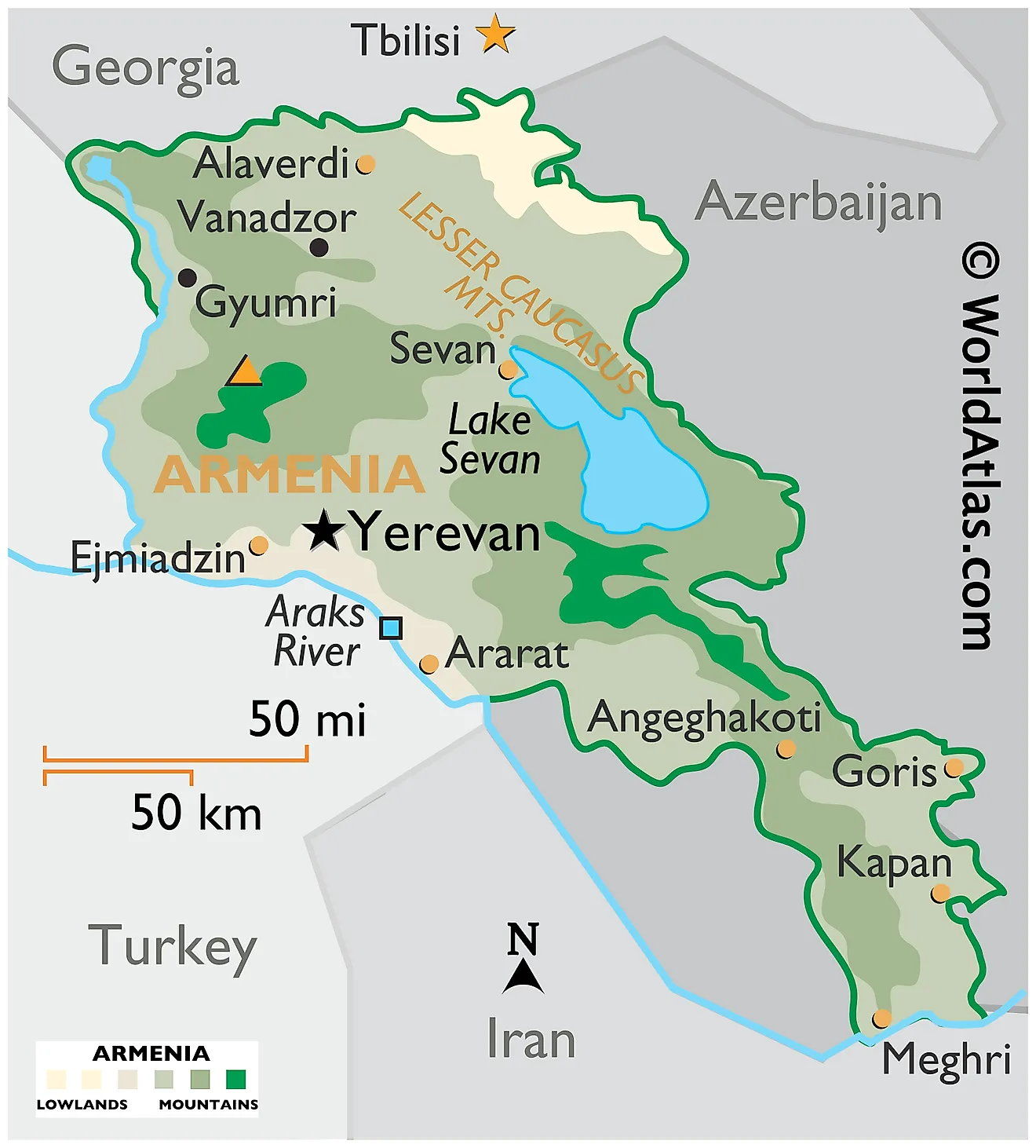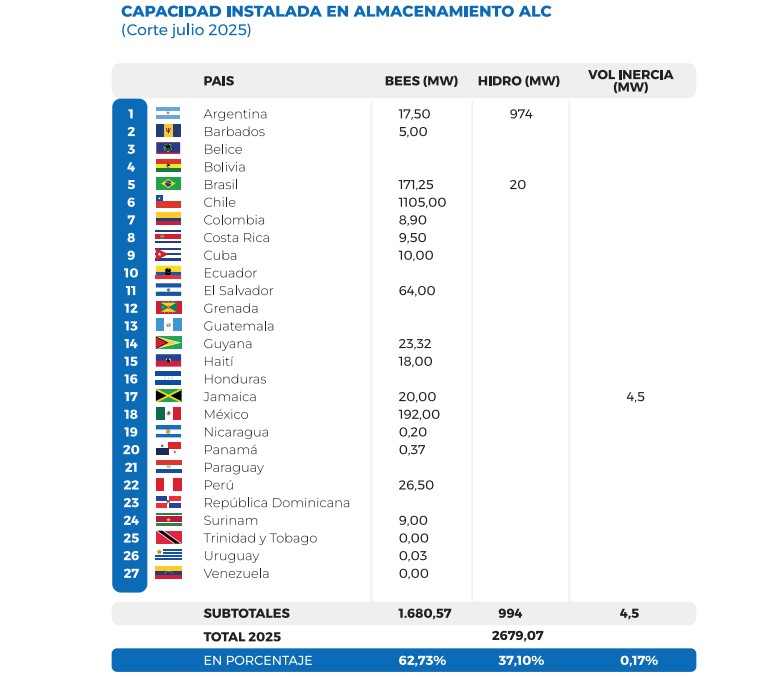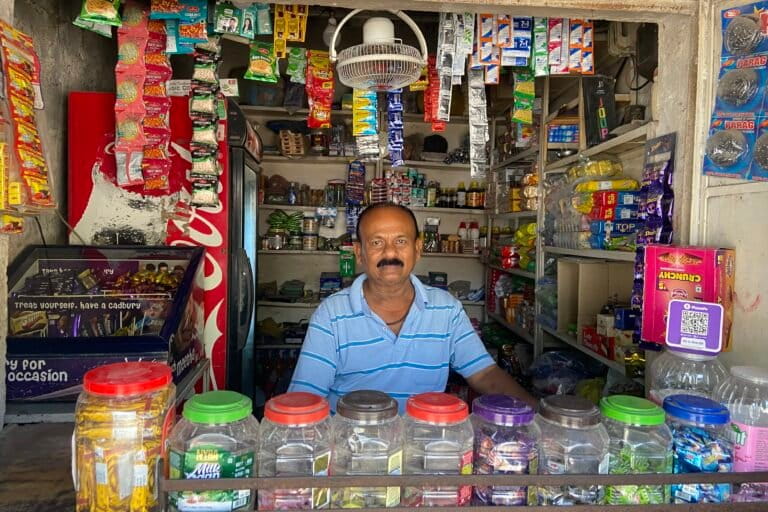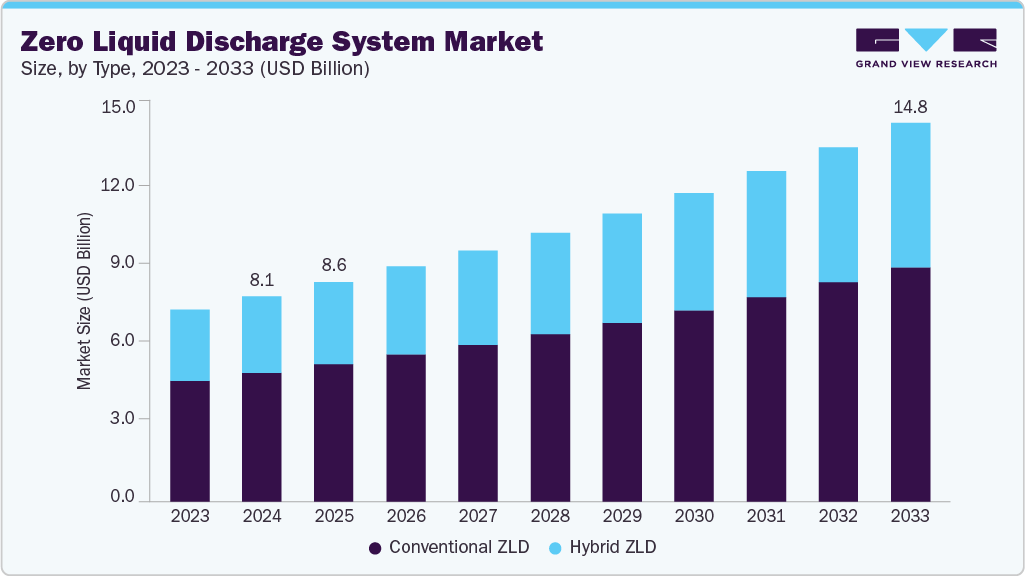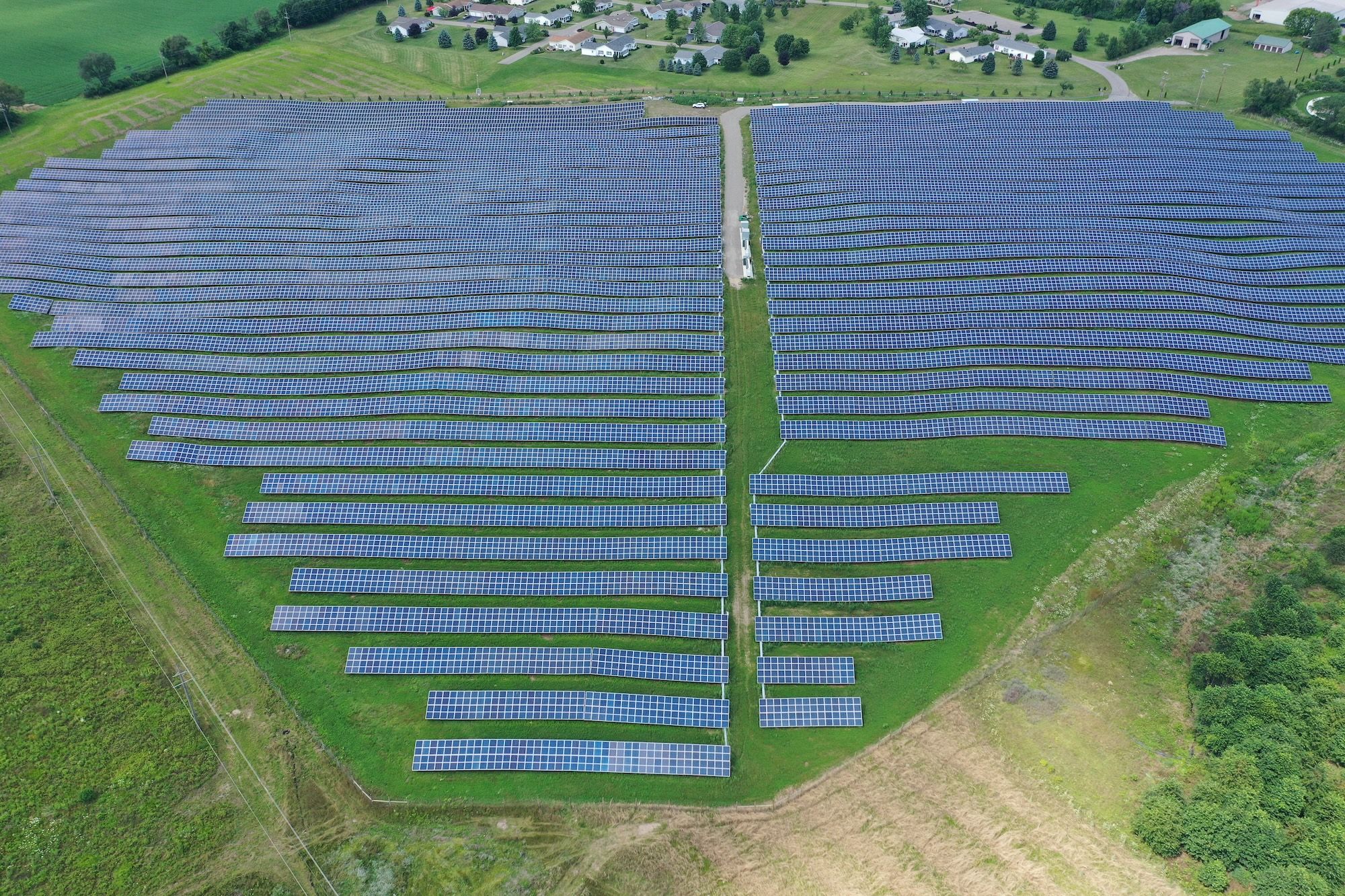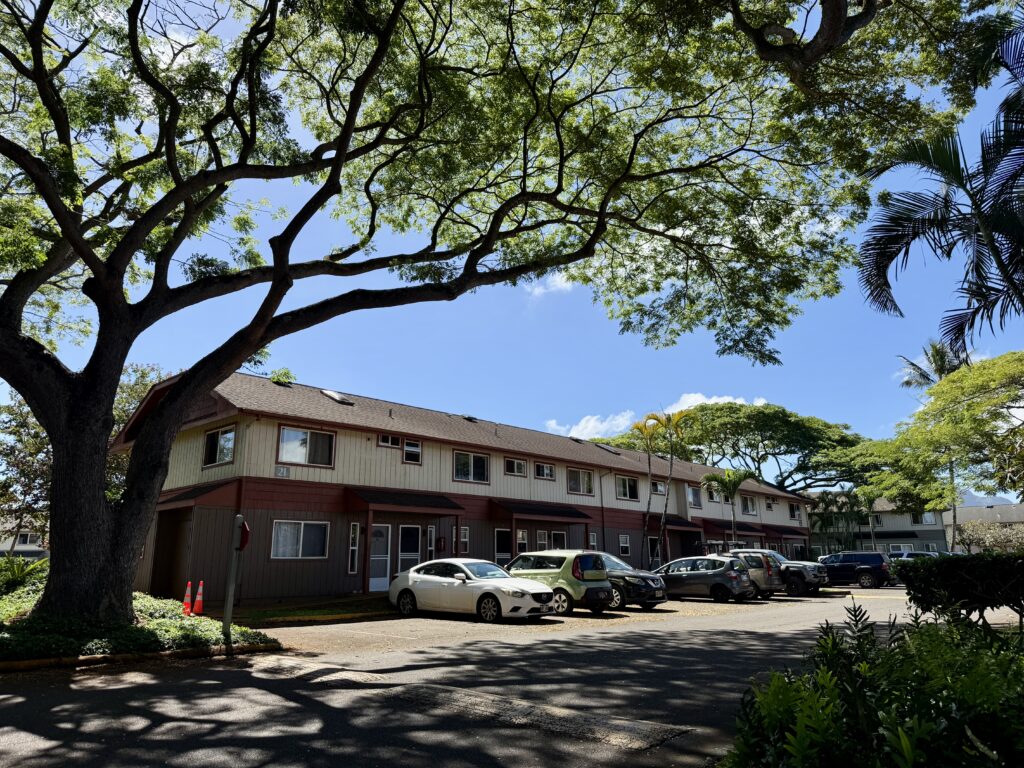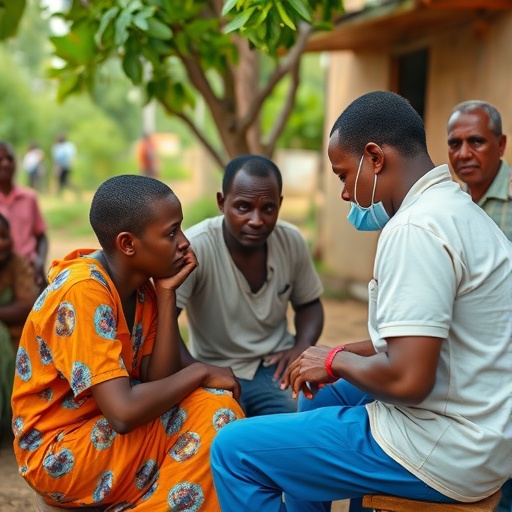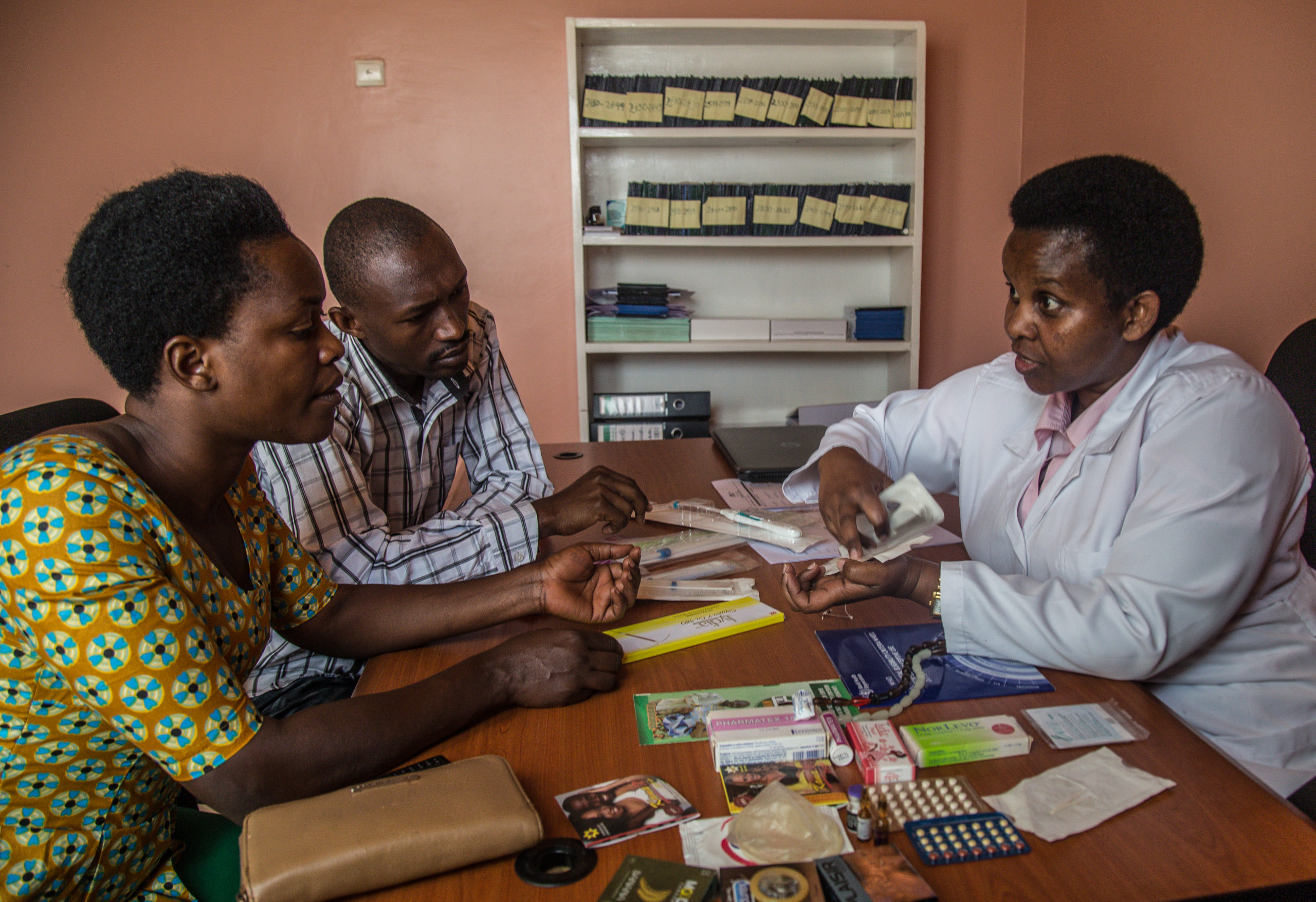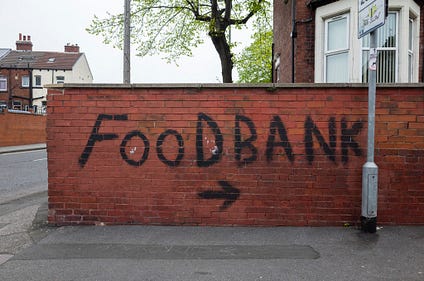Income inequality hit record high at start of 2025, Statistics Canada says – CBC

Report on Widening Economic Disparities in Canada and Implications for Sustainable Development Goals
Executive Summary
A Q1 2025 report from Statistics Canada reveals a record-high gap in disposable income between Canada’s highest and lowest-income households. This trend of escalating inequality presents a significant challenge to the nation’s commitment to the United Nations’ Sustainable Development Goals (SDGs), particularly SDG 10 (Reduced Inequalities), SDG 1 (No Poverty), and SDG 8 (Decent Work and Economic Growth).
Analysis of Income and Wealth Inequality
Key Findings from Statistics Canada (Q1 2025)
- The disparity in the share of disposable income between the top 40% and bottom 40% of households reached a record 49 percentage points.
- This income gap has consistently widened each year since the COVID-19 pandemic.
- The increase is attributed to gains from investments for the highest-income households, contrasted with declining wages for the lowest-income households.
- The wealth gap also widened, with the top 20% of households accounting for 64.7% of total net worth, while the bottom 40% held just 3.3%.
Divergent Economic Realities
- Lowest-Income Households (Bottom 20%): Experienced the weakest growth in disposable income (3.2%). This was driven by a 0.7% decrease in average wages and a 35.3% drop in net investment income, partially offset by a 31.2% rise in net government transfers.
- Highest-Income Households (Top 20%): Saw the fastest increase in average disposable income (7.7%). This was fueled by a 4.7% increase in average wages and a 7.4% gain in net investment income.
Impact on Sustainable Development Goals (SDGs)
SDG 10: Reduced Inequalities
The findings represent a direct setback to the core targets of SDG 10. The growing disparity undermines national efforts to create a more equitable society.
- The widening income gap directly contravenes the goal of empowering and promoting the social, economic, and political inclusion of all.
- The data indicates that income growth for the bottom 40% of the population is not being sustained at a rate higher than the national average, a key target of SDG 10.
- The extreme concentration of wealth, where the top quintile holds nearly two-thirds of all net worth, highlights a failure to ensure equal opportunity and reduce inequalities of outcome.
SDG 1: No Poverty & SDG 8: Decent Work and Economic Growth
The economic distress faced by low-income households challenges progress on poverty reduction and the provision of decent work.
- SDG 1 (No Poverty): The decline in real wages for the poorest households increases their vulnerability and risk of falling into poverty, despite the mitigating effect of government transfers.
- SDG 8 (Decent Work and Economic Growth): The report illustrates that recent economic growth has not been inclusive. The wage decline for the lowest earners signifies a failure to provide decent work and full, productive employment for all segments of the population.
Conclusion and Policy Imperatives
A Call for Renewed Policy Focus
Expert analysis suggests the current economic uncertainty is causing significant distress and that a robust public policy discussion on income inequality, similar to that following the 2008-09 recession, is urgently needed. The report is described as a “wake-up call” to address the fundamental structure and distribution of the economy.
Conclusion: A Setback for Sustainable Development
The record-high economic gap is a critical impediment to Canada’s progress on the 2030 Agenda for Sustainable Development. The data underscores an urgent need for policy interventions that not only foster economic growth but also ensure its equitable distribution. Achieving the public policy goal of a “decent quality of life with dignity” for all citizens, a principle at the heart of the SDGs, requires immediate and sustained attention to reducing these profound inequalities.
SDGs Addressed in the Article
The article primarily highlights issues related to economic inequality, which directly and indirectly connects to several Sustainable Development Goals (SDGs). The main focus is on the distribution of income and wealth within the country.
-
SDG 10: Reduced Inequalities
This is the most prominent SDG addressed. The entire article is a report on the widening gap between the richest and poorest households. It explicitly discusses the “record high” gap in disposable income and the increasing disparity in net worth, which are central themes of SDG 10.
-
SDG 1: No Poverty
While the article doesn’t use the term “poverty,” it describes the economic conditions of the lowest-income households, including declining wages and economic distress. The call for ensuring people can “live a decent quality of life with dignity” directly relates to the overarching goal of eradicating poverty in all its forms.
-
SDG 8: Decent Work and Economic Growth
The article touches upon key aspects of SDG 8 by discussing the decline in average wages for the lowest-income households and the employment challenges faced by young people. It also references the need to “grow the pie” (economic growth) while also ensuring fair “distribution of the pie,” which aligns with the goal of inclusive and sustainable economic growth.
Specific SDG Targets Identified
Based on the article’s content, several specific targets under the identified SDGs can be pinpointed.
-
Target 10.1: Progressively achieve and sustain income growth of the bottom 40 per cent of the population at a rate higher than the national average.
The article directly contradicts the achievement of this target. It states that the disposable income for those in the bottom 20% grew by only 3.2%, while the top 20% saw a growth of 7.7%. This shows that the income of the bottom segment of the population is growing at a much slower rate than the top, widening the inequality gap instead of reducing it.
-
Target 10.2: Empower and promote the social, economic and political inclusion of all.
The data presented on the wealth gap illustrates a lack of economic inclusion. The fact that the “bottom 40 per cent of the wealth distribution accounted for 3.3 per cent of net worth” while the top 20% held 64.7% demonstrates significant economic exclusion of the lower-income groups.
-
Target 10.4: Adopt policies, especially fiscal, wage and social protection policies, and progressively achieve greater equality.
The article mentions that for the lowest-income households, “net transfers received, including increased government support measures, rose 31.2 per cent.” This points to the implementation of social protection policies. However, the overall widening gap suggests these policies are not sufficient to achieve greater equality, reinforcing the importance of this target.
-
Target 8.5: Achieve full and productive employment and decent work for all… and equal pay for work of equal value.
The article highlights challenges related to this target by noting that the lowest-income households “saw their average wages edged down 0.7 per cent” and that economic uncertainty is causing “a lot of economic distress,” particularly for “young people seeking employment.” This points to issues with decent work and wages for the most vulnerable.
Indicators Mentioned or Implied
The article provides specific data points that can serve as indicators to measure progress towards the identified targets.
-
Indicator for Target 10.1: Growth rates of household income per capita among the bottom 40 per cent of the population.
The article provides several direct indicators:
- The difference in the share of disposable income between the top 40% and bottom 40% of households grew to 49 percentage points.
- The disposable income for the bottom 20% grew at 3.2%, while for the top 20% it grew at 7.7%.
-
Indicator for Target 10.2: Proportion of people living below 50 per cent of median income.
While not stating this exact indicator, the article provides a clear proxy for wealth inequality, which is a measure of economic inclusion:
- The share of total net worth held by the top 20% of the wealth distribution (64.7%).
- The share of total net worth held by the bottom 40% of the wealth distribution (3.3%).
-
Indicator for Target 8.5: Average hourly earnings of employees.
The article provides a direct measure related to wages for a specific group:
- A 0.7% decrease in average wages for the bottom 20% of the income distribution.
- A 4.7% increase in average wages for the highest-income households.
-
Indicator for Target 10.4: The article mentions government transfers as a component of income.
This can be linked to indicators measuring the redistributive impact of fiscal policies:
- A 31.2% rise in “net transfers received, including increased government support measures” for the lowest-income households.
Summary of SDGs, Targets, and Indicators
| SDGs | Targets | Indicators Identified in the Article |
|---|---|---|
| SDG 10: Reduced Inequalities | 10.1: Sustain income growth of the bottom 40% of the population at a rate higher than the national average. | The gap in disposable income share between the top 40% and bottom 40% is 49 percentage points. Disposable income growth for the bottom 20% (3.2%) is less than for the top 20% (7.7%). |
| SDG 10: Reduced Inequalities | 10.2: Empower and promote the social and economic inclusion of all. | The bottom 40% of the wealth distribution holds 3.3% of total net worth, while the top 20% holds 64.7%. |
| SDG 10: Reduced Inequalities | 10.4: Adopt policies, especially fiscal, wage and social protection policies, to achieve greater equality. | Net transfers (including government support) for the lowest-income households rose by 31.2%. |
| SDG 1: No Poverty | 1.2: Reduce at least by half the proportion of people living in poverty in all its dimensions according to national definitions. | The article implies a risk to this target by highlighting “economic distress” and declining wages for the lowest-income households, affecting their ability to live a “decent quality of life.” |
| SDG 8: Decent Work and Economic Growth | 8.5: Achieve full and productive employment and decent work for all. | Average wages for the bottom 20% of households decreased by 0.7%. Young people are facing “economic distress” in seeking employment. |
Source: cbc.ca

What is Your Reaction?
 Like
0
Like
0
 Dislike
0
Dislike
0
 Love
0
Love
0
 Funny
0
Funny
0
 Angry
0
Angry
0
 Sad
0
Sad
0
 Wow
0
Wow
0









